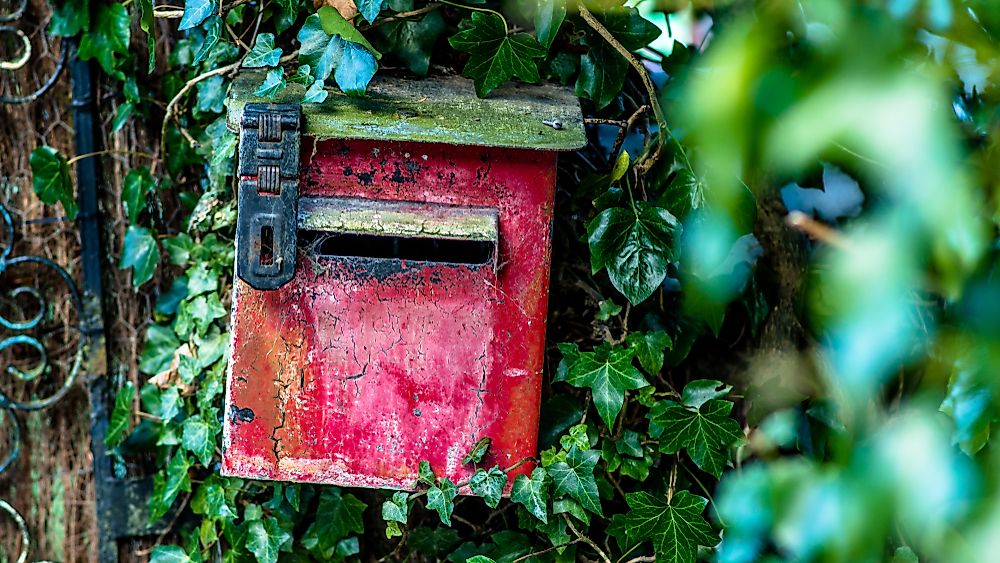What Is Letterboxing?

Letterboxing is a fun outdoor activity that involves solving puzzles and the creation of art. Letterboxes are primarily used in games that cover vast distances or treasure hunts where people hide clues or information in them for others to find. People leave their imprint on the letterboxes as a confirmation that they have been there before or to keep track of what they have found so far.
History of Letterboxing
Letterboxing is an activity that dates back to the mid-1800s, and it is thought to have originated from England in Dartmoor, Devon. It was invented by a guide called James Perrott who started the habit of leaving a bottle for visitors to drop their visiting cards every time they visited the Cranmere Pool. Later on, hikers coming into the area picked on this habit and started leaving letters and postcards inside a box that was located along the trail they used. The early versions of the letterbox were extremely hidden and difficult to find, it would take a very dedicated walker to find them. Letterboxing has traditionally been reserved to the UK, but with time it eventually crossed over to the US although it did not gain as much popularity.
Types of Letterboxes
Letterboxes come in different types, and they include the Traditional Box which is just an ordinary letterbox that is hidden and can only be found through clues. There is the Mystery Box which is a letterbox with vague to almost no clue. They have no descriptions, and the only way to find them is by chance, they are the hardest to locate. The third type is the Bonus Box which is letterbox placed close to traditional boxes. The clues to locate them are usually hidden inside the traditional boxes. Next up is the Word of Mouth Box which refers to the clues given by words or through a typed up note or letter. There is also the Hitchhiker Box which refers to a traveling box. When finding the boxes the letterboxer stamps it then carries it to another letterbox they stumble upon and leave it there for another person to find it and do the same. The sixth type of the letterbox is the Personal Traveler Box which is a letterbox that is never planted, instead, the one who creates it moves around with it at all times.
Rules of Letterboxing
Letterboxing has no governing body that sets rules and regulations, but it has a code of conduct that is adhered to by all. The safety of all the letterboxers is of utmost importance, and participants are always advised to avoid hiding the boxes in unsafe areas like cliffs, tall trees, or in areas infested by harmful animals. Letterboxes should not interfere with the environment, and participants are advised to avoid planting and hiding the boxes in areas that are environmentally sensitive. Lastly, participants are required to show respect to each other, and they are not allowed to poach clues, to place dangerous tools in boxes, or provide solutions to clues. The time and energy it takes to create a letterbox is immense and making light of all these efforts is considered disrespectful
Organization
Each letterbox find is guided by a set of rules that are known to all participants. The number of boxes a letterboxer has created and planted is marked by the letter P. The number of boxes a letterboxer finds is marked by the letter F and the letter X marks the number of exchanges the letterboxer has made.











